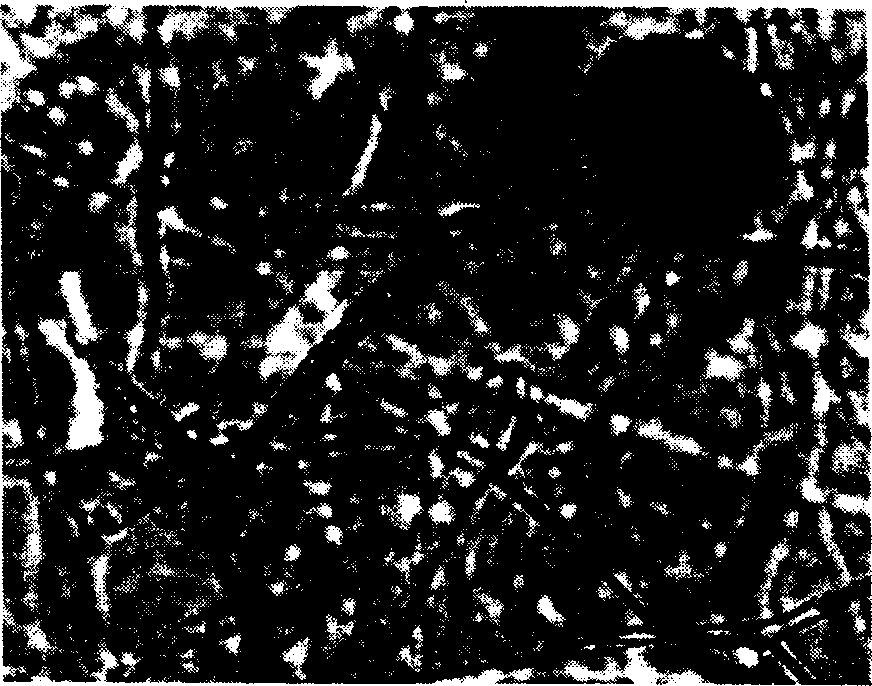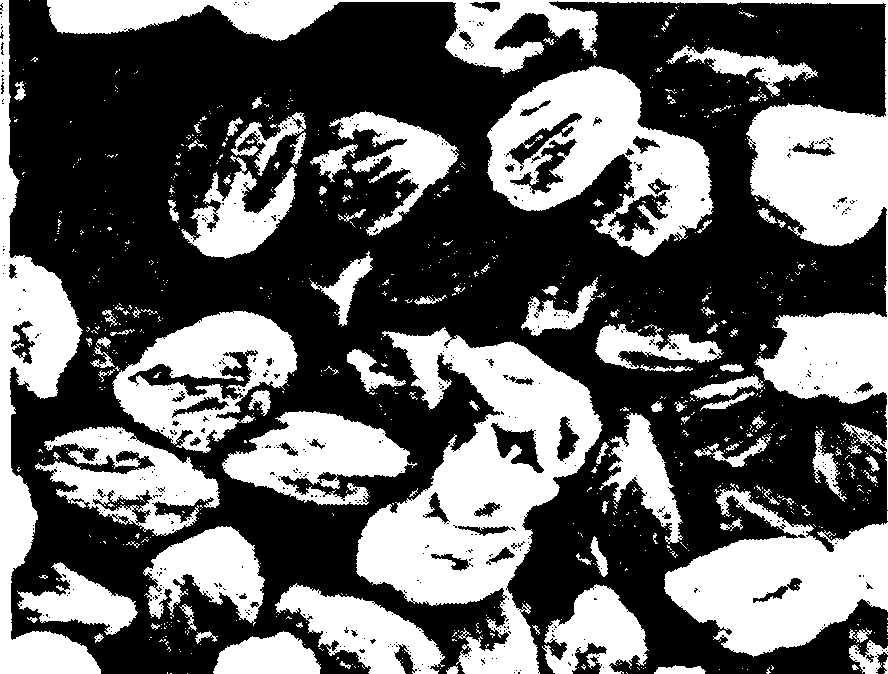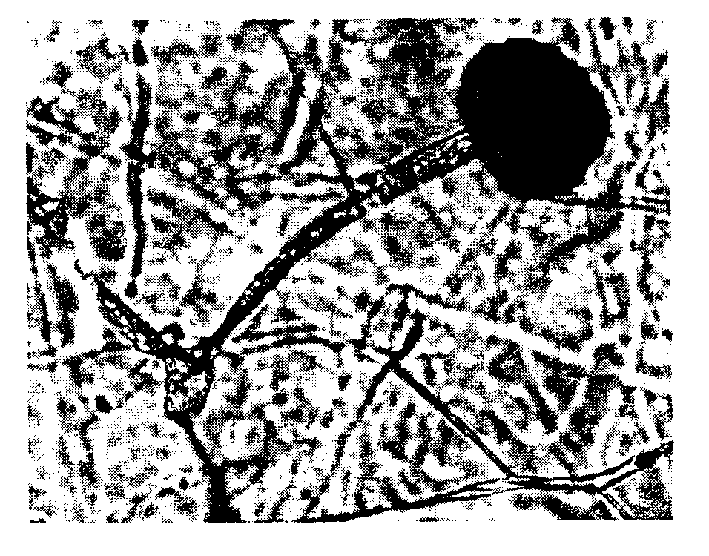Lipasegenous bactenia, its screening method and industrial application
A screening method, lipase technology, applied in hydrolytic enzymes, fungi, fermentation, etc., can solve problems such as environmental impact, product purity and safety are difficult to guarantee
- Summary
- Abstract
- Description
- Claims
- Application Information
AI Technical Summary
Problems solved by technology
Method used
Image
Examples
Embodiment 1
[0041] Take 0.5g of koji sample or fermented grains, add 15mL of sterile normal saline to shake on the shaker for 30min, then properly dilute, smear the plate, put it in a constant temperature incubator at 28°C for 2 to 3 days, and draw a single colony on the slant, and wait for the spores on the slant to mature Then connect a ring to the primary screening shaker flask, and ferment for 3 days at 28-30°C, 150r / m rotary shaker. The fermentation broth was centrifuged at 6000r / m for 5min, and 30uL of the supernatant was injected into the small holes of the primary screening plate, and the bacteria with larger fluorescent circles and / or transparent circles were taken for re-screening in shake flasks, and then re-screened, the fermentation broth was centrifuged, and the supernatant The enzyme activity of the liquid was measured, and the supernatant and the bacteria were respectively freeze-dried to obtain the whole-cell Rhizopus sinorifica lipase enzyme preparation.
PUM
 Login to View More
Login to View More Abstract
Description
Claims
Application Information
 Login to View More
Login to View More - R&D
- Intellectual Property
- Life Sciences
- Materials
- Tech Scout
- Unparalleled Data Quality
- Higher Quality Content
- 60% Fewer Hallucinations
Browse by: Latest US Patents, China's latest patents, Technical Efficacy Thesaurus, Application Domain, Technology Topic, Popular Technical Reports.
© 2025 PatSnap. All rights reserved.Legal|Privacy policy|Modern Slavery Act Transparency Statement|Sitemap|About US| Contact US: help@patsnap.com



